
Editorial: Does cold exposure cause nocturia?
We have all experienced that changing from a warm environment to a colder external temperature may provoke a sudden compelling desire to void. This feeling fits quite well with part of the definition of urgency following the International Continence Society definition. Consequently, it is logical to suspect that cold exposure during daytime may influence bladder behaviour and hence contribute to nocturia episodes. These Japanese authors [1] performed a cross-sectional analysis as part of a community…
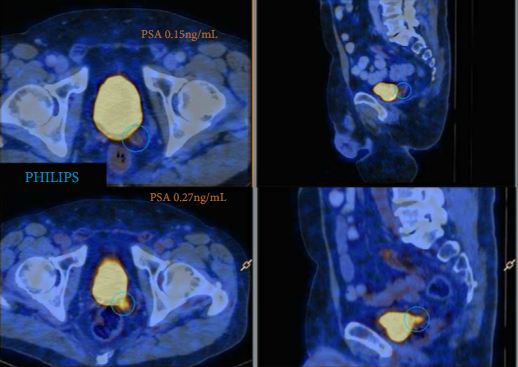
Article of the Week: 68Ga-PSMA has high detection rate of PCa recurrence after RP
Every Week the Editor-in-Chief selects an Article of the Week from the current issue of BJUI. The abstract is reproduced below and you can click on the button to read the full article, which is freely available to all readers for at least 30 days from the time of this post.
In addition to the article itself, there is an accompanying editorial written by a prominent member of the urological community. This blog is intended to provoke comment and discussion and we invite you to use the comment…

Editorial: PSMA-targeted imaging of PCa – the best is yet to come
In recent years there has been increasing interest in imaging recurrent or metastatic prostate cancer with positron-emission tomography (PET) radiotracers targeting prostate-specific membrane antigen (PSMA [1]). The majority of this work has been performed using urea-based small molecules labelled with gallium-68 (68Ga). Within this class of radiotracers, 68Ga-PSMA-11 (also known as 68Ga-PSMA-HBED-CC) has been the most widely studied. In this month's edition of BJUI, van Leeuwen et al. [2] report…
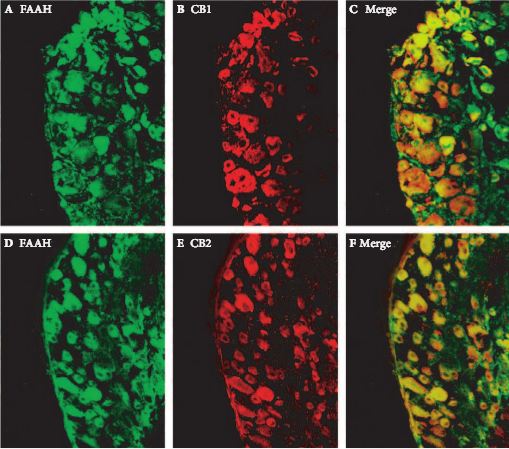
Article of the Week: URB937 reduces PGE2-induced bladder overactivity
Every Week the Editor-in-Chief selects an Article of the Week from the current issue of BJUI. The abstract is reproduced below and you can click on the button to read the full article, which is freely available to all readers for at least 30 days from the time of this post.
In addition to the article itself, there is an accompanying editorial written by a prominent member of the urological community. This blog is intended to provoke comment and discussion and we invite you to use the comment…

Editorial: Unmasking roles of the peripheral endocannabinoid system associated with bladder overactivity
Identifying regulatory roles of peripheral endocannabinoid systems for bladder function is a highly intricate task; nonetheless, in this issue of BJUI, a research report by Aizawa et al. [1] shows functional evidence for a role of fatty acid amide hydrolase (FAAH) in improving bladder overactivity induced by prostaglandin E2 (PGE2) in rats. By systemically blocking FAAH with URB937, an inhibitor of FAAH that does not penetrate the CNS, the authors found that afferent nerve activity and bladder…
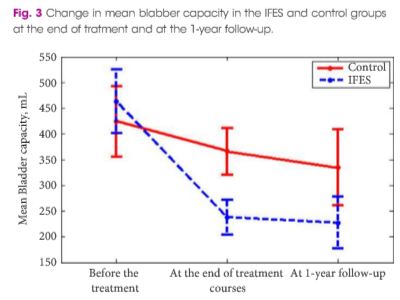
Article of the Month: IFES to manage non-neuropathic UAB in children
Every Month the Editor-in-Chief selects an Article of the Month from the current issue of BJUI. The abstract is reproduced below and you can click on the button to read the full article, which is freely available to all readers for at least 30 days from the time of this post.
In addition to the article itself, there is an accompanying editorial written by a prominent member of the urological community. This blog is intended to provoke comment and discussion and we invite you to use the comment…

Editorial: The vexing problem of UAB in children – a viable alternative
Underactive bladder, as defined by the International Children's Continence Society (ICCS; impaired detrusor contractility that leads to low voiding frequency (<3 voids/day), hesitancy, incomplete bladder emptying, and high post-void residual urine volumes (PVRs) that may produce UTI and urinary incontinence) has been a vexing problem for many paediatric providers to manage.
Antimuscarinic and α-agonist drugs have not proven effective to warrant their recommendation, and urotherapy,…
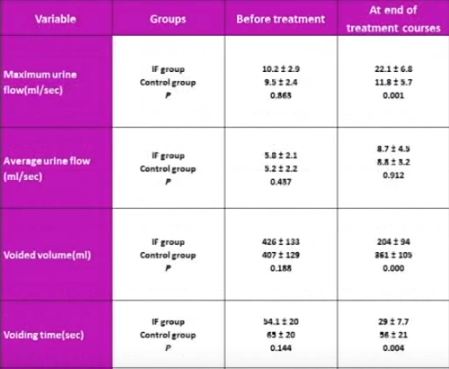
Video: IFES to manage non-neuropathic UAB in children
Transcutaneous interferential electrical stimulation for the management of non-neuropathic underactive bladder in children: a randomised clinical trial
Abdol-Mohammad Kajbafzadeh, Lida Sharifi-Rad*, Seyedeh-Sanam Ladi-Seyedian and Sarah Mozafarpour
Department of Pediatric Urology, Pediatric Urology Research Center, and *Department of Physical Therapy, Children’s Hospital Medical Center, Pediatric Center of Excellence, Tehran University of Medical Sciences, Tehran, Iran
Objectives
To…
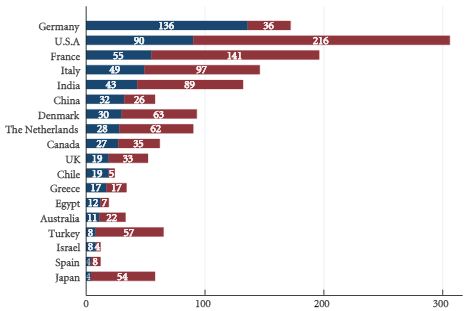
Article of the Week: Preoperative JJ stent placement to treat ureteric and renal stones
1 Comment
/
Every Week the Editor-in-Chief selects an Article of the Week from the current issue of BJUI. The abstract is reproduced below and you can click on the button to read the full article, which is freely available to all readers for at least 30 days from the time of this post.
In addition to the article itself, there is an accompanying editorial written by a prominent member of the urological community. This blog is intended to provoke comment and discussion and we invite you to use the comment…

Editorial: Some like it safe
Since the implementation of ureteroscopy (URS) about 100 years ago, technological as well as peri-operative management improvements have made URS the treatment of choice for ureteric and renal stones. Depending on stone location and size, stone-free rates of up to 100% have been reported in combination with low peri-operative complications and short hospital stay. Endoscopic therapy of stone disease, e.g. (primary) URS, reflects the zeitgeist: minimally invasive, fast, efficient and economic.…
